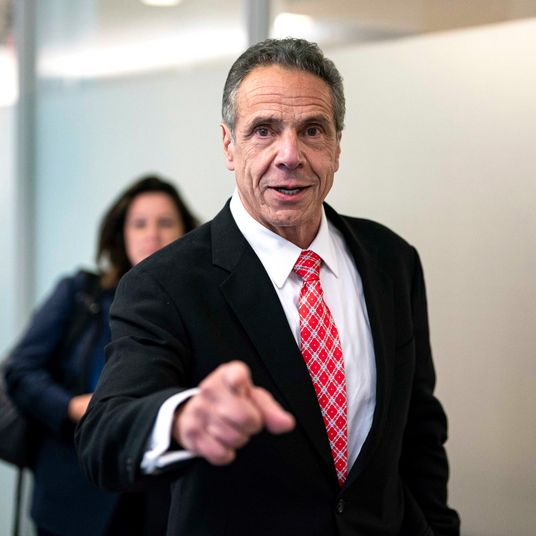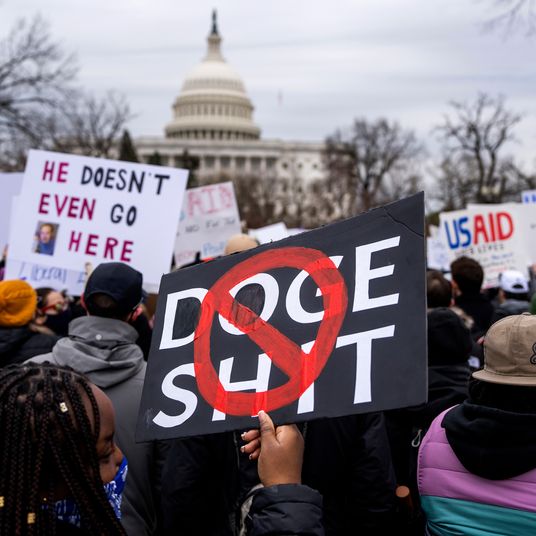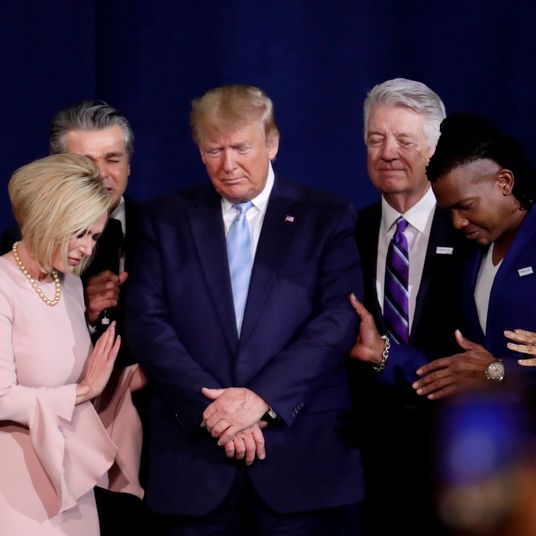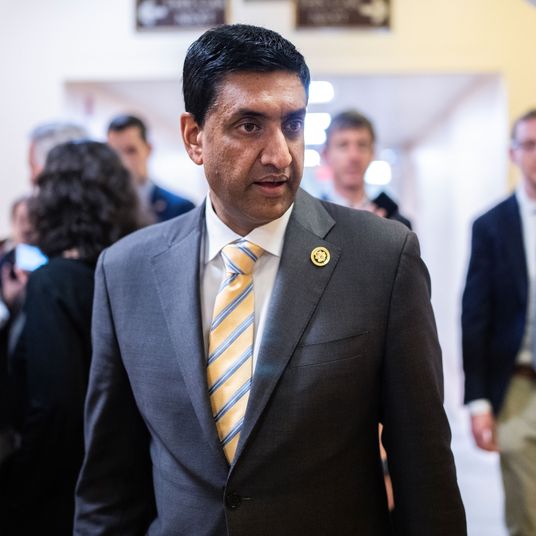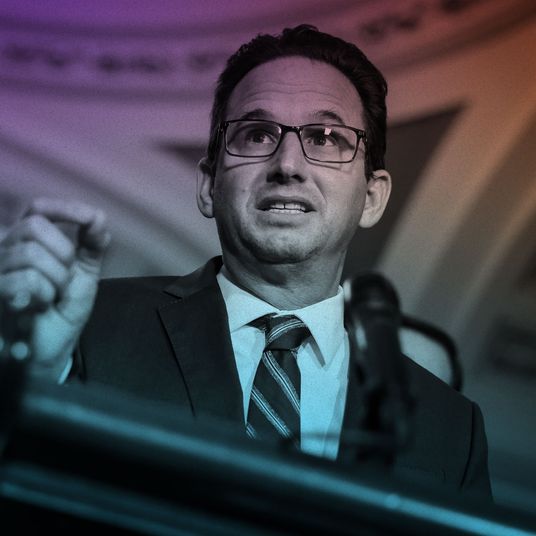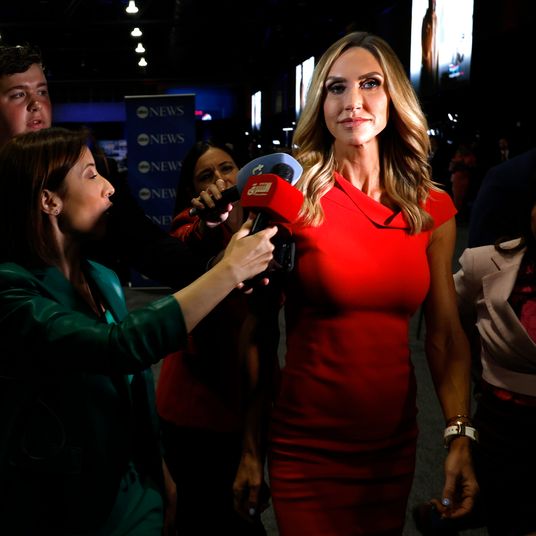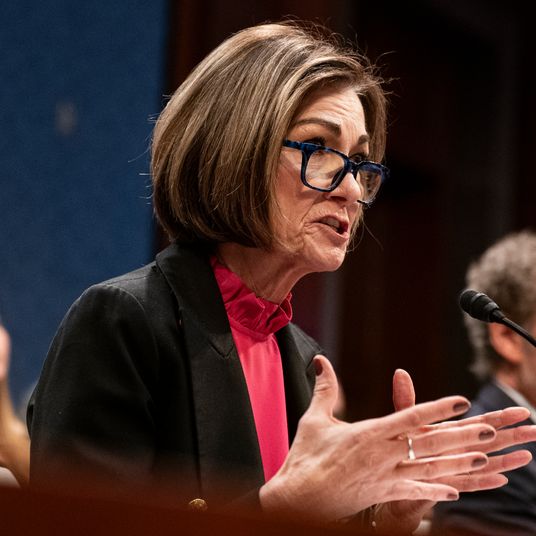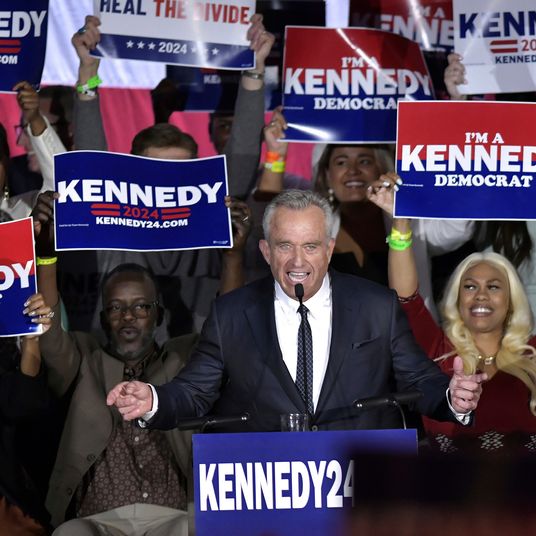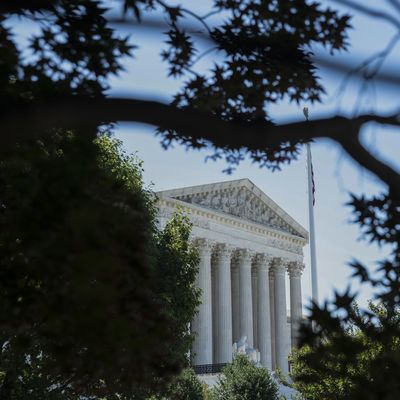
On one level, Thursday’s Supreme Court decision in Fulton v. City of Philadelphia was a setback for the cause of equality under the law. It was, after all, a 9-0 decision reversing two lower-court rulings and upholding a Catholic social-services organization’s claim that a municipal requirement that foster family referrals include same-sex couples violated the Free Exercise clause of the First Amendment.
But just beneath the surface, what happened in Fulton was a surprising refusal by six justices — including three members of the conservative majority — to expand the scope of the religious right to discriminate against LGBTQ folk and others. The main opinion (written by Chief Justice John Roberts, joined by Justices Stephen Breyer, Sonia Sotomayor, Elena Kagan, Brett Kavanaugh, and Amy Coney Barrett) relied on existing precedents (especially Employment Division, Oregon Department of Human Resources v. Smith) to rule that the City of Philadelphia went out of its way to ban referrals to the Catholic agency under a system that provided for exemptions, which meant it was not applying a “generally applicable” non-discrimination policy. Roberts’s opinion also noted that same-sex couples had abundant alternative options for foster referrals beyond those obtained by the Catholic agency whose policies were in question.
Significantly, Barrett wrote a concurring opinion (joined in by Kavanaugh) arguing that the narrow grounds for deciding the case were sufficient:
I … see no reason to decide in this case whether Smith should be overruled, much less what should replace it. I join the Court’s opinion in full.
This position by two Trump appointees was deeply disappointing to Justice Samuel Alito (joined by Justices Clarence Thomas and Neil Gorsuch), who wrote a 77-page concurrence in the decision deploring the majority’s reluctance to strengthen the right to discriminate on religious grounds:
This case presents an important constitutional question that urgently calls out for review: whether this Court’s governing interpretation of a bedrock constitutional right, the right to the free exercise of religion, is fundamentally wrong and should be corrected …
CSS’s policy has only one effect: It expresses the idea that same-sex couples should not be foster parents because only a man and a woman should marry. Many people today find this idea not only objectionable but hurtful. Nevertheless, protecting against this form of harm is not an interest that can justify the abridgment of First Amendment rights.
You get the sense that Alito’s concurrence was a first draft for a majority opinion that failed to secure a majority. And while Fulton provided “further evidence that religious groups almost always prevail in the current court,” as Adam Liptak put it, it offered cold comfort to Christian right culture warriors hoping that after adding three Trump appointees, the Supreme Court might eventually walk back the 2015 Obergefell v. Hodges decision that struck down bans on same-sex marriage.
From a much broader perspective, what seems to be happening on the Court is that John Roberts’s incrementalist approach to reversing liberal precedents or staking out new conservative constitutional ground is being joined more often than not by Kavanaugh and Barrett. If this trend continues, it will embitter not only Alito, Thomas, and Gorsuch (who now pretty clearly form the right wing of this conservative Court), but many conservative policy advocates and Republican politicians who expected Trump’s appointees to initiate a full-scale counterrevolution in constitutional law.
Part of what may be going on is a reflection of the traditional reluctance of very new justices to make waves. (Kavanaugh and Barrett are the two most recent.) It’s also possible that Kavanaugh and Barrett are saving their counterrevolutionary fire for the big decisions coming up in the next Supreme Court term on abortion, guns, and possibly affirmative action. But taking into account recent decisions on the 2020 presidential election, Obamacare, immigration, the draft, and other hot-button issues, we’re seeing a Court that for the most part is avoiding landmark decisions on potential landmark cases. If that tendency persists, maybe constitutional rights as progressives understand them aren’t as doomed by the Roberts Court as so many have feared.







